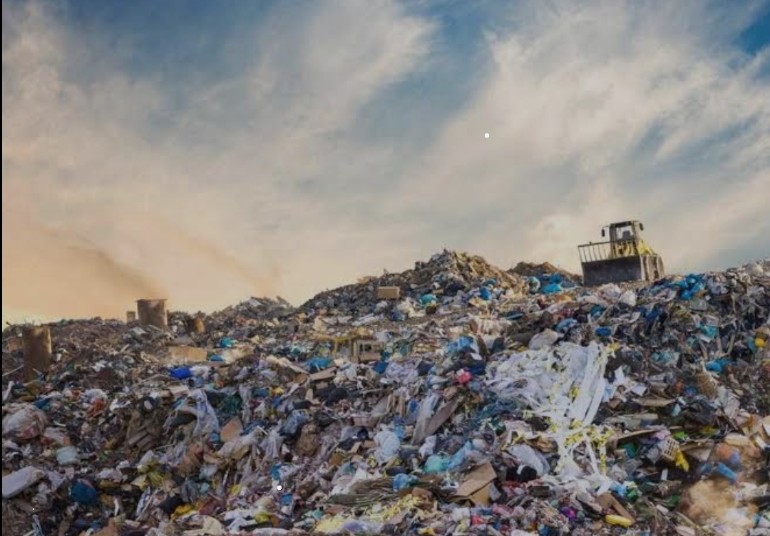We’ve all heard the phrase ‘Fast Fashion’ making its way into conversations around us. However, what does the term fast fashion mean? Fast Fashion is the rapid production and consumption of cheap clothing. While we receive trendy clothing pieces straight from the runway, the environmental impact of this is highly alarming. The biggest brand names in the fast fashion world include Zara, UNIQLO, Forever 21, and H&M. The rapid production by these companies contributes to overconsumption, which then leads to an increase in textile waste. The fashion industry has changed from seasonal collections to even weekly drops and magnified its environmental footprint.
The poor quality of fast fashion clothing adds to the short lifespans of garments, which frequently wind up degrading slowly in landfills or being burnt. The frequent and common use of synthetic materials such as polyester, viscose rayon, and nylon worsens the problems. Discarded pieces of clothing end up in landfills after which their material breaks down, and they release harmful chemicals such as microplastics into the soil, water, and air causing harm to the environment. According to the United Nations Environment Programme (UNEP), the fashion industry is the second-largest consumer of water and produces around 10% of global carbon emissions. The rapid production of these garments requires a huge amount of water, from the cultivation of raw materials to the dyeing of fabrics. This leads to a depletion of natural freshwater and can also contaminate the water bodies because of the chemicals they release. As the fashion industry thrives, so does its strain on global water supplies.
The relentless pursuit of fast fashion for low-cost production often leads to the depletion and exploitation of natural resources. This environmental impact is very closely intertwined with its social impact. In 2018, an inquiry conducted by the United States Department of Labor exposed instances of forced and child labor prevalent in the fashion industry across various developing nations. Rapid manufacturing implies that sales and profits come before human welfare. It is most common for low-cost manufacturing to take place in countries with inadequate environmental legislation and labor standards. The same activities that impact the environment also contribute to terrible working conditions, emphasizing the importance of social and environmental interconnectedness in the fashion sector.
Due to how affordable the clothing is and how new trends convince consumers to seek out more, the value of clothes may diminish in the eyes of consumers. Fast fashion promotes a one-time wear mentality, where the clothes are discarded after very few uses. Despite the increased demand and consumption of clothes and people’s apparent growing interest in fashion, they are buying more while wearing fewer of the items they own. The fashion industry plays a major role in the production of greenhouse gas emissions, accelerating climate change and highlighting the urgency for sustainable alternatives. Presently, the fashion industry generates a higher annual volume of carbon emissions than all international airlines. If this practice continues, there is a prediction indicating an approximately 50% increase in greenhouse gas emissions over the next decade. What makes this waste even more unacceptable is that millions of these clothing items go unworn. An alarming 30% of all clothing produced in the world is never sold. It has become necessary for us to move towards a more sustainable economy where materials are reused, repurposed, and recycled.
While both the fashion industry and consumers state that sustainability holds a position of importance, the rapid expansion of fast fashion contradicts these claims, painting an increasingly unsustainable picture. Changing these practices requires shedding light on the negative consequences and removing the glamour linked to overconsumption. We need to embrace sustainable practices, support ethical brands, and adopt a mindset that values quality over quantity. As consumers, we possess the power to influence change by making informed choices that prioritize both style and sustainability. Only when we start to take proactive steps towards advocating for a green-friendly fashion industry and becoming an environmentally-conscious consumer, then we can finally slow down climate change. The fashion industry has the opportunity to redefine itself, focusing on environmental responsibility, ethical practices, and social justice. Embracing this opportunity requires everyone from designers and manufacturers to politicians and consumers, to all work together to shape a future in which fashion coexists seamlessly with the environment.



























